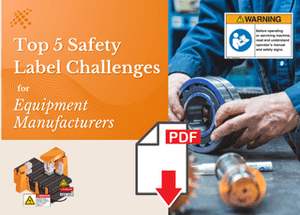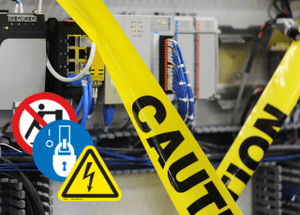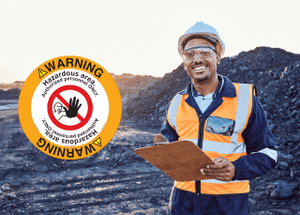Are Your Safety Labels Best Practice?
Safety labels can play a key role in preventing injuries and saving lives. They’re a critical part of the overall safety of products and equipment.
To design the most effective safety label possible, you need to consider complex items like:
- The type of content to go on the label, including symbols which bring a higher degree of effectiveness to on-product warnings.
- Your intended audience – the characteristics of the people you expect to interact with your product over its expected life.
- The latest standards and best practices, which may impact your colors, formats, text, content, symbols, materials, and location. The legal obligation of product manufacturers is to meet or exceed the current versions of standards related to their products when they’re placed into commerce.
“Once your on-product warnings have been designed, manufactured and installed on your products, you may think your job is done. But, that’s not the case,” says Angela Lambert, Clarion’s Director of Standards Compliance. “It’s important to stay informed and assess your labels. What was effective ten, five or even two years ago may very well now be considered obsolete and no longer in compliance with the latest codes, regulations and standards. Both the ANSI and ISO standards, for example, have regular revision schedules in order to keep current and stay relevant.”
Are the safety labels used across all of the products your company manufactures up-to-date? Keep in mind that Clarion can help. We offer safety label assessments, where we use our expertise to assess your labels and ensure they’re current and that they meet today’s requirements.

Contact us today to learn more. We look forward to working together!




